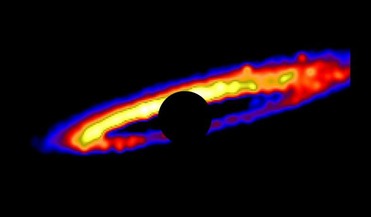 17 March 2017
Giant Jupiter-like planet gives a rare peek at alternative planet formation
17 March 2017
Giant Jupiter-like planet gives a rare peek at alternative planet formation
..., a UCLA assistant professor of physics and astronomy, and a co-author of the study. But, “our current planet formation theories do not account for a planet beyond its debris disk," added Naoz. Normally, researchers model how a debris disk looks...
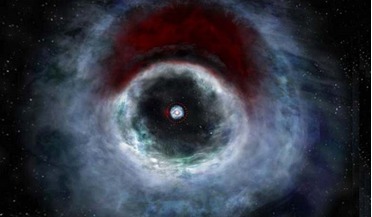 15 February 2016
Astronomers provide new insights into planet formation around binary stars
15 February 2016
Astronomers provide new insights into planet formation around binary stars
... to the grains," said Isella. "This is important for planet formation. The solid dust needs to stick together to form a ... to binary stars and may also be the key to the formation of planets. With the high capability of radio telescopes such as ALMA to...
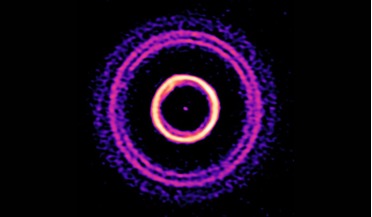 17 June 2019
Filling in the gaps of Jupiter-like planet formation
17 June 2019
Filling in the gaps of Jupiter-like planet formation
... as part of GPIES and DSHARP (the Disk Substructures at High Angular Resolution Project) could eventually piece together planet formation from beginning to end. “The community has made great progress on interpreting these sharp rings seen in young...
 January 2019
Visiting an asteroid to find out how life began
January 2019
Visiting an asteroid to find out how life began
... once part of a larger body from the asteroid belt, a region of rocky debris left over from the planet formation process that sits between Mars and Jupiter. Ryugu is a C-type or ‘Carbonaceous’ asteroid, which is a class thought to contain...
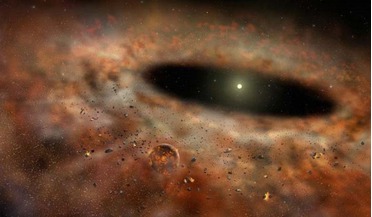 07 March 2016
Researchers show how water content in protoplanetary discs can affect planet formation
07 March 2016
Researchers show how water content in protoplanetary discs can affect planet formation
.... It would therefore appear, that not only is water key to life as we know it, but it is also important in determining a planets formation and migration habits. Further information on this research can be found at http://arxiv.org/pdf/1603.01125....
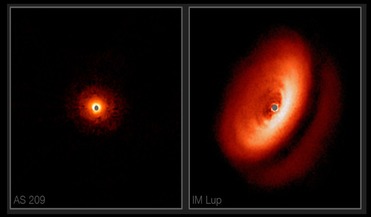 11 April 2018
Revealing planet formation processes with SPHERE
11 April 2018
Revealing planet formation processes with SPHERE
... around young stars and the complex mechanisms of planetary formation. New images from SHPERE show a bizarre variety of shapes, sizes and structures, including the likely effects of planets still in the process of forming. Image: ESO/H. Avenhaus...